Age of glamour
- Editors of Luxe Code
- Aug 11
- 3 min read
Piaget’s latest creation pays homage to the radical spirit of the 1960s, when watches became jewellery and time found a new rhythm.
Photo courtesy: Piaget
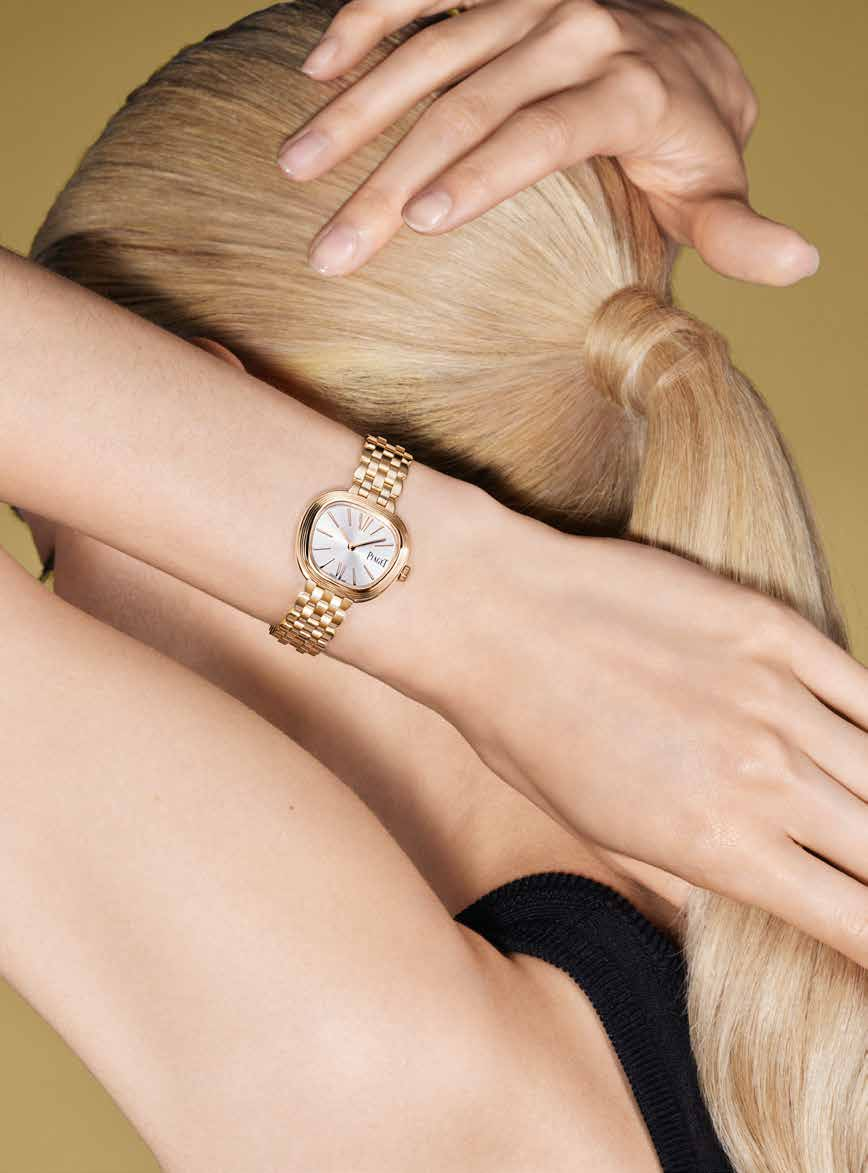
Photo credit: Piaget
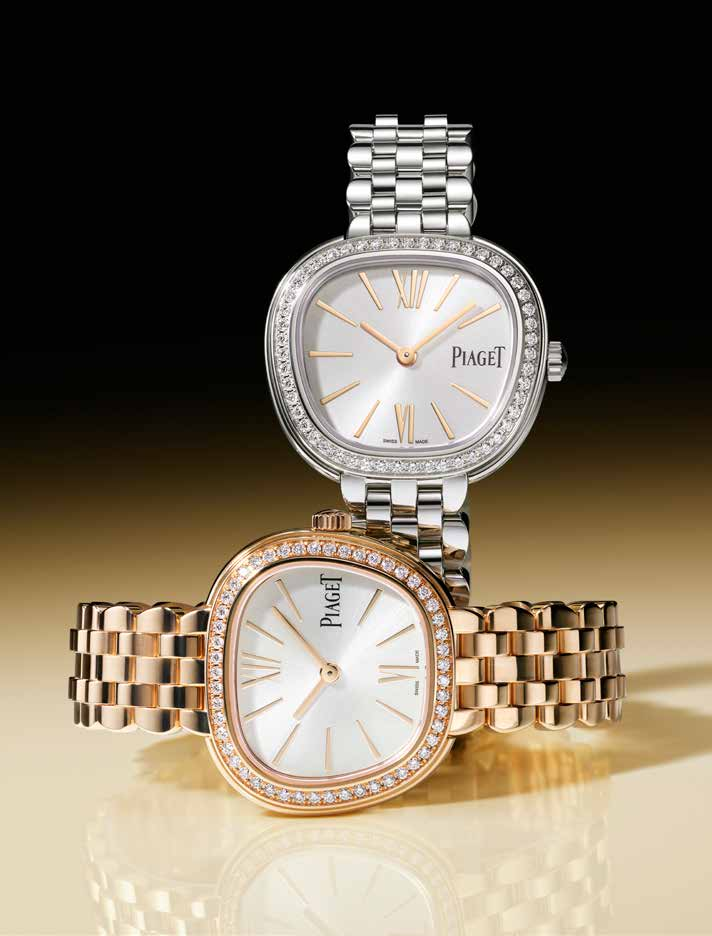
For this year’s Watches and Wonders, Piaget unveils a dazzling revival: Sixtie, a collection of trapeze-shaped watches rooted in the Maison’s most flamboyant era. Bold, avant-garde, and deeply nostalgic, Sixtie channels the audacity of the late 1960s—a time when Piaget redefined the contours of jewellery and women’s watches with elegance and irreverence.
The year 1969 marked a turning point for both Piaget and the world of watchmaking. Guided by the family motto—“Do what has never been done before”—the Maison launched its visionary 21st Century Collection at the Basel Fair. In the hands of designer Jean-Claude Gueit, Piaget's watches were transformed from functional objects into sculptural statements. They became cuffs and sautoirs, bold and beautiful, ushering in a new way of wearing time.
Among those boundary-breaking designs, the trapeze shape emerged as an icon. With its unconventional angles and unexpected symmetry, it echoed the rebellious energy of the decade—think Yves Saint Laurent’s famous trapeze dress. Nearly 60 years on, Piaget revives that spirit through Sixtie, a tribute to the era’s fearless creativity and the Maison’s unmatched savoir-faire.
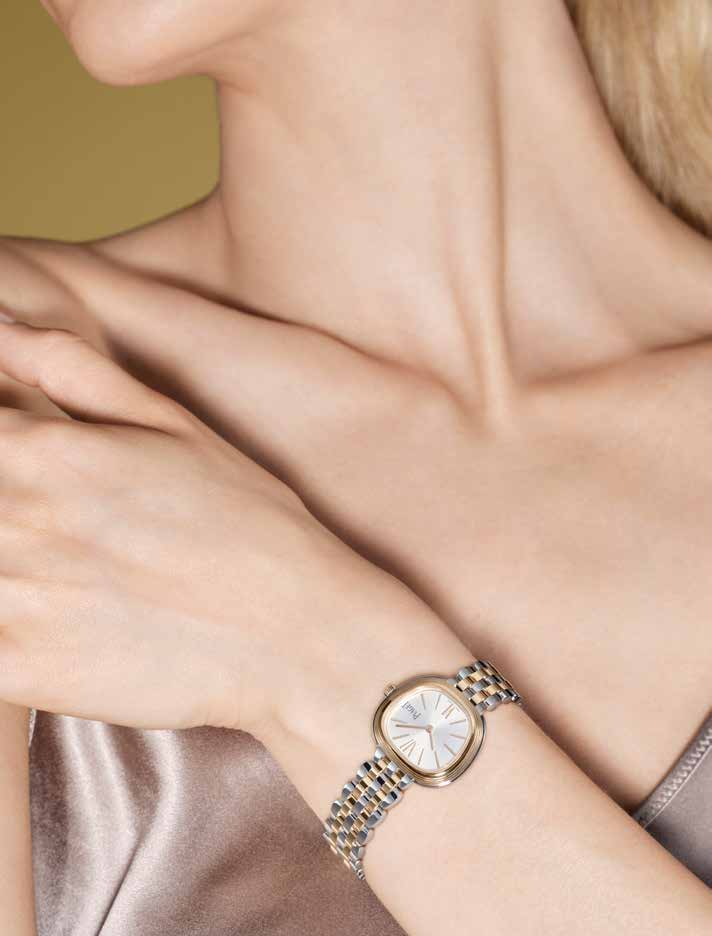
Crafted in the Ateliers de l’Extraordinaire, Sixtie is as much a jewel as it is a watch. It wraps the wrist with fluidity and finesse, exuding an instinctive femininity that is as inspiring as it is timeless. Its trapeze silhouette strikes a delicate balance between geometry and grace, offering a modern interpretation of Piaget’s storied legacy.
A watch with character, Sixtie plays with scale and texture in unexpected ways. Every detail is steeped in gold—from its supple bracelet composed of interlinked trapeze motifs, to the finely sculpted gadroons on its bezel, a nod to the iconic Piaget watch once owned by Andy Warhol. The satin-finished dial features golden hour markers and baton hands, softened by slender Roman numerals that evoke the quiet drama of vintage design.
Sixtie is not just a watch. It’s a statement of subtle extravagance, an eloquent nod to nonconformity. Whether worn alone or layered with other treasures, it reshapes the concept of elegance for women who understand the power of nuance. Its rounded, asymmetrical form defies time itself—timeless, yet always in motion.
“At Piaget, a timepiece is first and foremost a piece of jewellery,” said Yves Piaget. With Sixtie, every gesture becomes more expressive, every second more meaningful. The luminous finishes and refined contours echo the liberation and self-expression of the golden age, now reimagined for today’s aesthetes.”
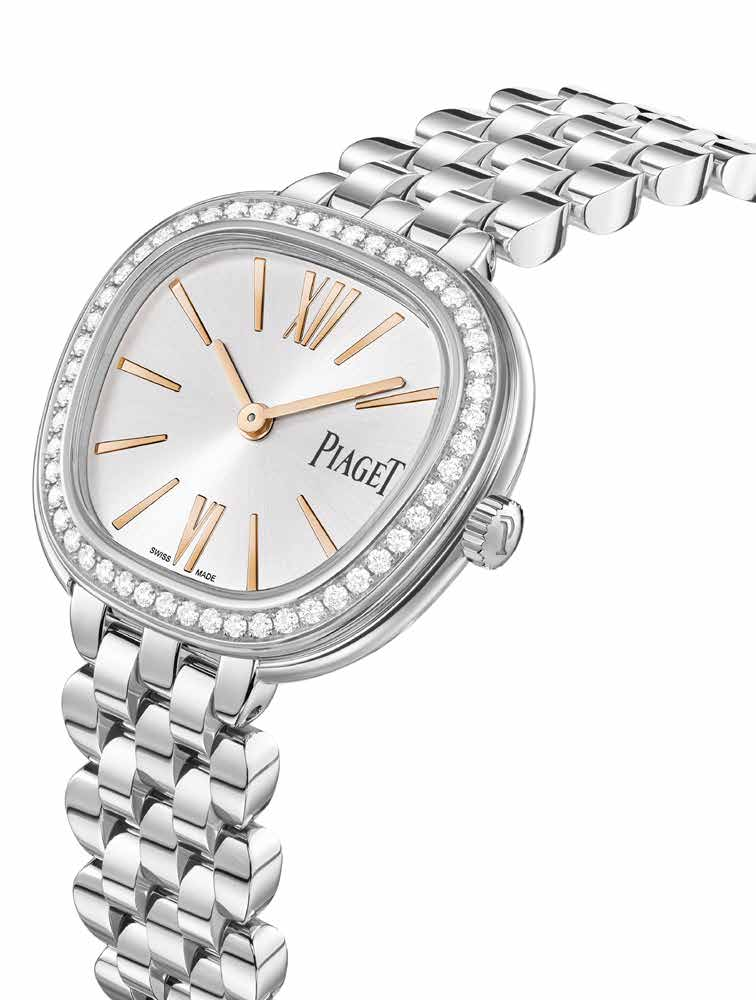
Celebrating context, craft and impact:
This year’s shortlisted projects reflected how architecture continues to evolve in response to the climate crisis, rapid urbanisation, and cultural change. Many entries focused on adaptive reuse, community engagement, and low-impact design—highlighting how buildings can serve both people and planet.
lighting how buildings can serve both people and planet.
Among the standout finalists:
● Apple The Exchange TRX by Foster + Partners (Kuala Lumpur, Malaysia)
● Library in the Earth by Hiroshi Nakamura & NAP (Kisarazu, Japan)
● Portland Intl Airport Main Terminal Expansion by ZGF Architects (Portland, USA)
● Rwanda Institute for Conservation Agriculture by MASS Design Group (Gashora, Rwanda)
● Aquifer Recharge Plant – Cape Flats by SALT Architects (Cape Town, South Africa)
Judged by global leaders, chosen by the public
The shortlist was selected by a Jury of over 250 thought leaders, including Philippe Block (ETH Zurich), Evelyn Lee (Practice of Architecture), Amanda Ferber (Architecture Hunter), James Corner (Field Operations), and Ismael Seleit (Foster + Partners). Their expertise ensured a broad and inclusive lens on what excellence means in contemporary architecture.
Complementing the professional jury, the A+Awards once again empowered the public to participate—drawing over 300,000 votes from design lovers, students, and users around the world.
The winners are now live
The winners of the 2025 A+Awards were officially announced on June 9, with results published at awards.architizer.com. All winning projects will be featured in The World’s Best Architecture 2026—Architizer’s signature annual compendium.
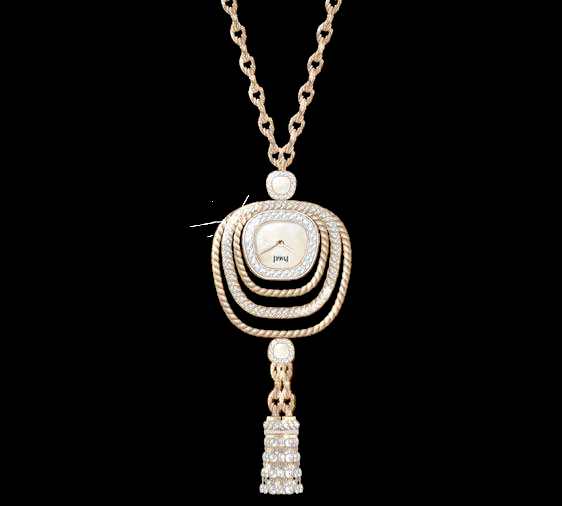
Whether it’s a community centre in rural Rwanda or a commercial landmark in Southeast Asia, the A+Awards shortlist reaffirmed one core belief: that great architecture speaks across boundaries, builds connections, and shapes a more thoughtful world.





Comments